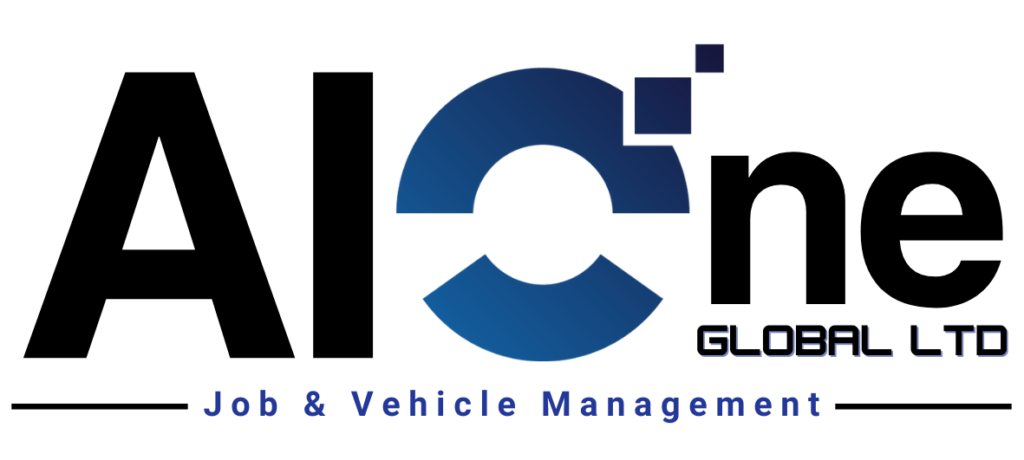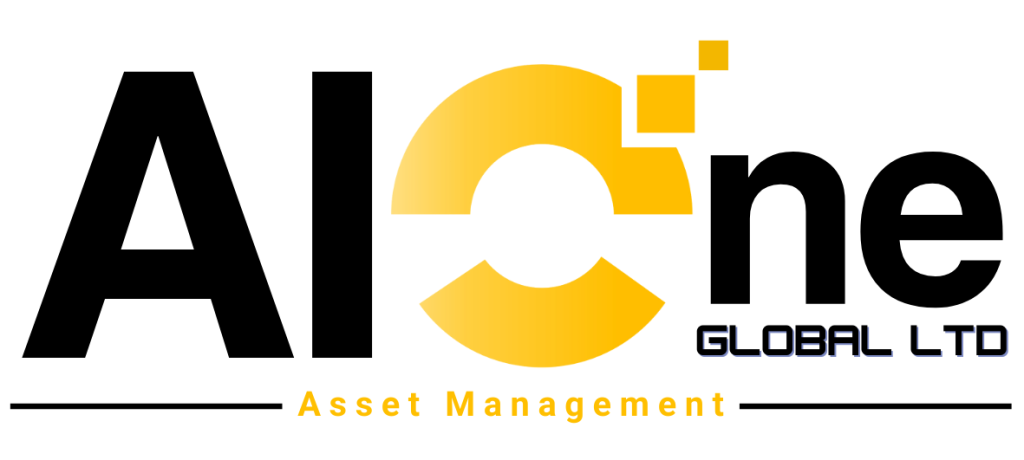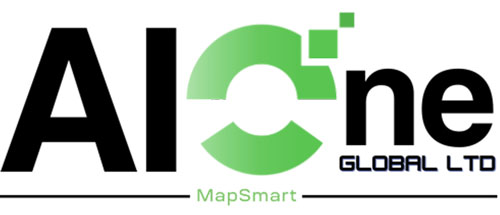In operations, complexity used to be the sign of sophistication.
The more systems you used, the more data you tracked, the more toggles you had — the more “modern” your business looked.
But that era is over.
Today, operational leaders — from waste collection to logistics, from local authorities to asset-based field services — are asking a different question:
“How can we make this simpler?”
And they’re right to ask it. Because complexity has become a hidden cost — and it’s quietly draining time, productivity, and morale across every part of the organisation.
Complexity Isn’t Just Annoying — It’s Expensive
When you’re managing vehicles, jobs, assets, people, and compliance across multiple platforms, every extra click, login, or dashboard becomes a drag on your performance.
Consider the everyday costs:
- Staff retraining every time a new system is introduced
- Manual data re-entry between tools that don’t talk to each other
- Lost visibility because no one wants to check “that tool over there”
- Tech fatigue: good people disengaging from the very systems meant to support them
It’s not a software problem — it’s a design philosophy problem.
The Teams Doing More with Less All Share One Thing
Whether it’s a council reducing missed collections or a field service team scaling coverage with the same headcount, the most efficient operations today aren’t running more systems — they’re running better-connected, simpler ones.
What they prioritise:
- Unified data views
- Role-based access (only what’s relevant)
- Tools that require minimal training
- Platforms that adapt to their processes, not the other way around
And above all, technology their people actually want to use.
Because adoption isn’t just a rollout target — it’s the measure of ROI.
Simplicity Doesn’t Mean Fewer Features. It Means Clarity.
Simplicity in technology isn’t about stripping things away — it’s about surfacing the right things, in the right moment, with zero friction.
Some of the most advanced operational platforms are the ones that feel invisible to the user:
- Drivers see their jobs, navigate, and record work without thinking about “the system”
- Managers plan weeks ahead with real-time data, not guesses or assumptions
- Teams collaborate around shared views — no need to reconcile multiple spreadsheets
“Simplicity is not the opposite of power. It’s how power is delivered.”
Building for Simplicity in Operations
We’ve seen this shift up close.
In every sector we serve — waste, logistics, asset-heavy industries — the businesses that scale efficiently are those that invest in clarity, not just functionality.
That’s why, in our own platform design at AIOne, we’ve adopted the principle of operational simplicity:
- No feature without a clear use case
- No dashboard without actionable value
- No workflow that makes life harder for the user
And most importantly: everything connects. So that no matter where you start — job, vehicle, asset, zone — the system supports you, not slows you down.
Closing Thought
The next phase of digital transformation won’t be driven by more tools. It’ll be driven by better experiences — ones that make everyday work smoother, faster, and more human.
The operational platforms that win won’t just be the most powerful.
They’ll be the most usable.
👉 Want to see what operational simplicity can look like in action?
Explore our approach at www.AIone.global
#operations #fleetmanagement #digitisation #localgovernment #fieldservices #wastemanagement #workflows #simplicity




